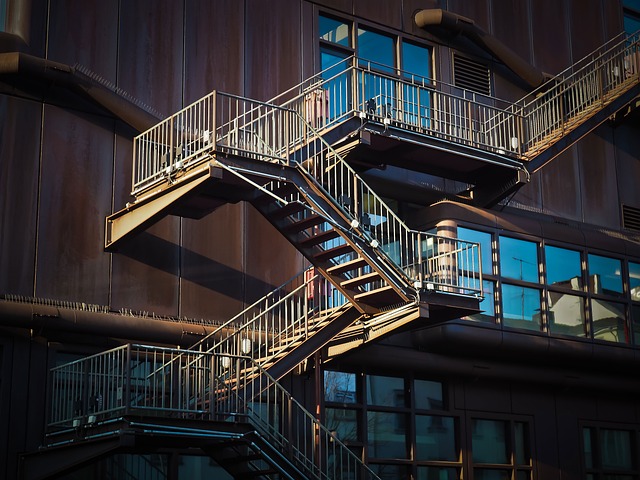In the world of photography, structure is more than just the physical arrangement of elements within the frame; it is the backbone that holds the narrative and emotion of an image together. Understanding the importance of structure in photography can significantly enhance exposure, leading to stunning visuals that resonate with viewers on a deeper level.
When you think about structure in photography, consider it as the foundational element that guides both the camera’s optics and the techniques of exposure. Every photograph tells a story, and without a solid structure, the message can easily become lost in translation. Whether it’s the symmetry of a landscape, the rule of thirds in portrait photography, or leading lines that guide the viewer’s eye, these structural principles shape how we perceive an image.
The choice of camera and optics plays a crucial role in establishing structure. The lens you select can influence depth of field, perspective, and overall composition. For instance, a wide-angle lens can exaggerate foreground elements, creating a sense of depth and dimension. Conversely, a telephoto lens compresses space, allowing structures in the distance to appear closer and more aligned. It’s essential to consider how your choice of optics will work in concert with the structural elements of your scene, amplifying the emotional impact of your photograph.
Moreover, mastering exposure techniques is vital for enhancing the structural components of your photography. Understanding how aperture, shutter speed, and ISO interact allows photographers to manipulate light in ways that draw attention to the intended elements of a composition. A well-exposed image not only highlights the textures and details but also reinforces the structure that binds the visual story together. For example, a shallow depth of field can isolate a subject within its environment, emphasizing its significance while rendering the background softer, thus complementing the overall structure of the photograph.
Additionally, composition techniques can also play a significant role when exploring structure in photography. Techniques like framing, contrast, and balance allow photographers to create a dynamic structure that captivates the viewer’s attention. A thoughtfully placed horizon line can guide the eye across a landscape, serving as a visual anchor. Similarly, the interplay of light and shadow can add depth, enhancing both the structure and the emotions conveyed through the image.
As you explore the realm of photography, remember that every shot you take can be an opportunity to engage with structure. By thoughtfully considering how the elements of optics, camera techniques, and composition interact, you can cultivate images that not only capture moments but also evoke feelings and tell stories. Each click of the shutter is a step towards mastering the art of photography, and embracing the concept of structure may just be the key to elevating your work to new heights.



